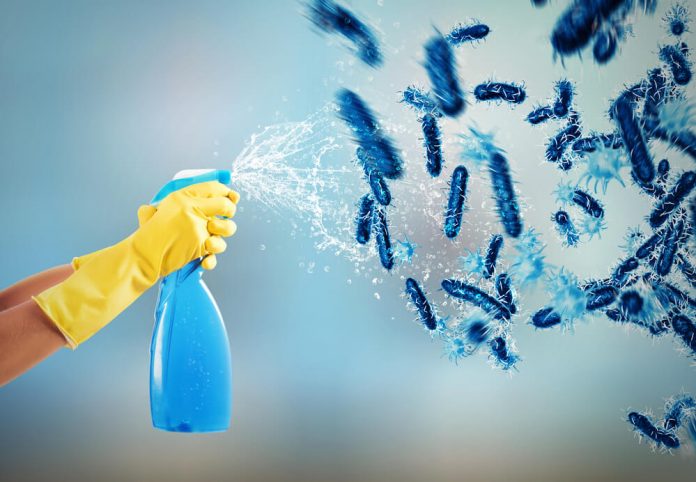When we think about cleaning our homes, we often focus on visible dirt and clutter. However, some of the dirtiest places are the ones we rarely consider. Bacteria and viruses can thrive in unexpected areas, posing potential health risks to you and your family. Here are some hidden germ hotspots in your home that you might be overlooking.
- Kitchen Sponge and Dishcloths
Your kitchen sponge may be the dirtiest item in your house. It absorbs moisture and food particles, making it a perfect breeding ground for bacteria like E. coli and Salmonella. To keep it clean:



- Cutting Boards
Even if they look clean, cutting boards can harbor bacteria from raw meat, vegetables, and other food items. The grooves and scratches provide hiding spots for germs.



- Bathroom Handles and Light Switches
While most people clean the sink and toilet, they often forget about bathroom handles and light switches. These areas collect germs from unwashed hands and can spread illnesses.


- Remote Controls and Mobile Phones
We touch our remotes and phones constantly, yet they rarely get cleaned. These items accumulate bacteria from our hands, food particles, and even airborne germs.



- Door Handles and Refrigerator Handles
These frequently touched surfaces can be home to bacteria and viruses, especially during flu season.


- Laundry Machines
You might think your washing machine is clean, but moisture and detergent residue can create a breeding ground for mold and bacteria.


- Toothbrush Holders
Water drips from toothbrushes into the holder, creating a damp environment that encourages bacterial growth.


- Reusable Shopping Bags
Cloth or plastic shopping bags can pick up bacteria from groceries, car trunks, and checkout counters.


Even the cleanest homes can have hidden germ hotspots. Regular cleaning and simple hygiene habits can help reduce bacteria and viruses, keeping your home a healthier place. Pay attention to these overlooked areas, and you’ll significantly cut down on germs in your living space.








